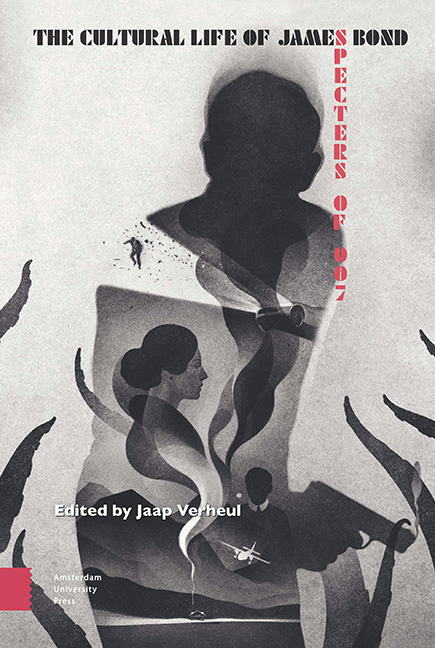Book contents
3 - From Indianization to Globalization: Tracking Bond in Bollywood
Published online by Cambridge University Press: 20 November 2020
Summary
Abstract
This chapter uses Bollywood Bond “adaptations” to chart the shifting relationship between India and the West, from the Cold War era to the neoliberal present. It examines how elements of the Bond films were incorporated and “Indianized” in earlier films and how these elements, and the Bollywood film itself, subsequently became more globalized, as can be seen in contemporary Bond adaptations like Farhan Akhtar's Don (2006) and Don 2 (2011). Whereas previously the Bond figure was “Indianized” and elements of the Bond film similarly indigenized via the Bollywood masala formula, what one witnesses in the ensuing transition leading to the contemporary era is how the Bollywood film has become more aligned, both aesthetically and culturally, with contemporary Hollywood film forms.
Keywords: Bollywood; masala-Bond; Indianization; globalization
In 1983 James Bond, then played by the aging Roger Moore, arrived in India on what must have been the world's fastest helicopter, passing over the Taj Mahal in Agra in one shot before descending upon Lake Pichola in Udaipur in the next—a distance of some 600 kilometers in mere seconds. Mounting the steps of the ghat, Bond hears the tune of a snake charmer (played by none other than real-life Indian tennis star Vijay Amritraj) which suddenly segues into the Bond theme as he passes by. How is it that an Indian snake charmer knows this tune? Even before Octopussy (UK: John Glen, 1983), the influence of Bond was apparent in popular Hindi films of the 1960s and 70s. In this chapter, I would like to use the figure of Bond, and the ensuing Bond “adaptations” made in Bollywood, to chart the shifting relationship between India and the West, from the Cold War era to the neoliberal present in which its economic and cultural policies have swung westward, with its films, in turn, increasingly reflecting this transition.
- Type
- Chapter
- Information
- The Cultural Life of James BondSpecters of 007, pp. 61 - 80Publisher: Amsterdam University PressPrint publication year: 2020



